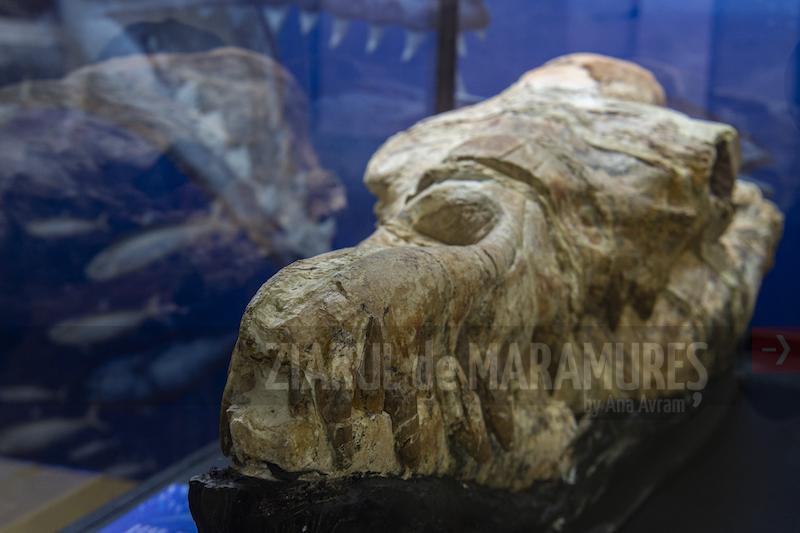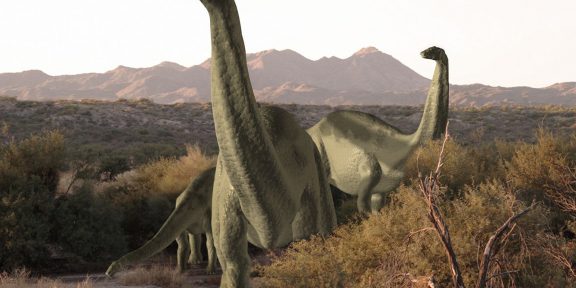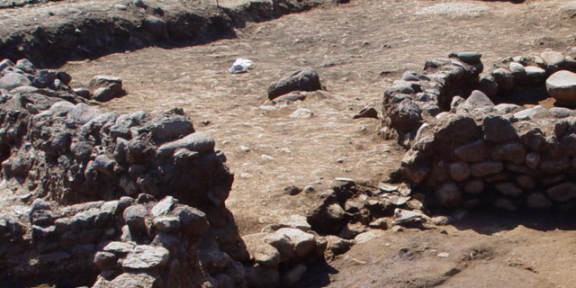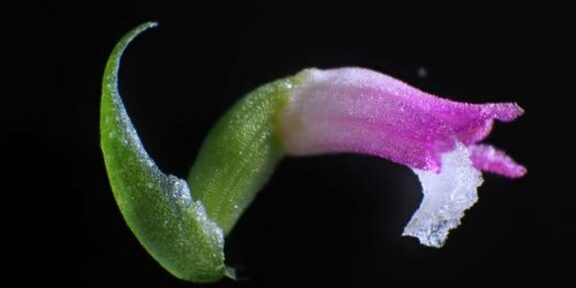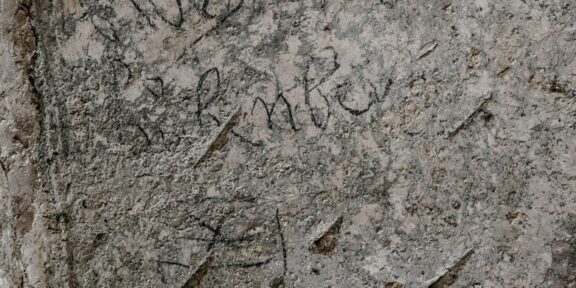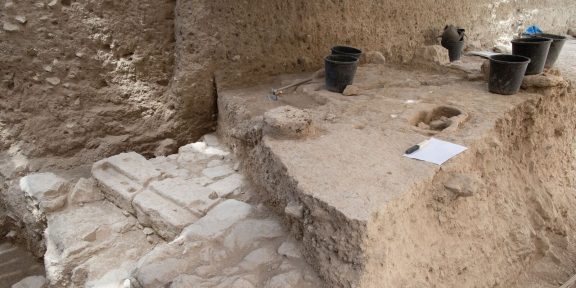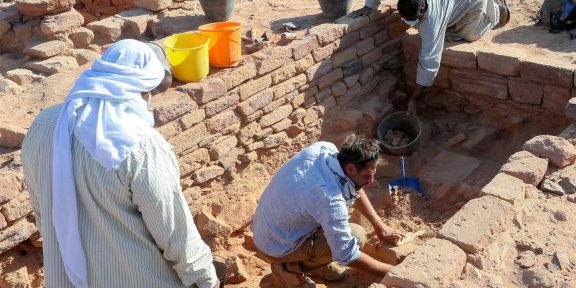Paleontologi de la o universitate din Peru au prezentat joi o fosilă de Basilosaurus, o balenă carnivoră gigantică care a trăit în oceane în urmă cu 36 de milioane de ani, relatează AFP și Agerpres.
Fosila, un craniu complet, a fost descoperită la sfârşitul anului 2021 în deşertul Ocucaje, la 350 km sud de Lima.
„Este vorba despre o descoperire foarte importantă, deoarece nu a mai fost descoperit niciun specimen similar nicăieri în lume”, a declarat Mario Urbina, şeful echipei de paleontologi de la Universitatea Naţională din San Marcos.
Denumit „prădătorul din Ocucaje” de către descoperitorii săi, cetaceul de 17 metri lungime, înzestrat cu un maxilar gigantic şi puternic, se hrănea cu ton, rechini şi o mare cantitate de sardine.
Basilosaurus, „unul dintre cei mai mari prădători ai acelor vremuri”, se afla probabil în vârful lanţului trofic, a declarat un alt paleontolog, Rodolfo Salas-Gismondi. „Este o descoperire extraordinară datorită stării sale bune de conservare”, a mai spus el.



